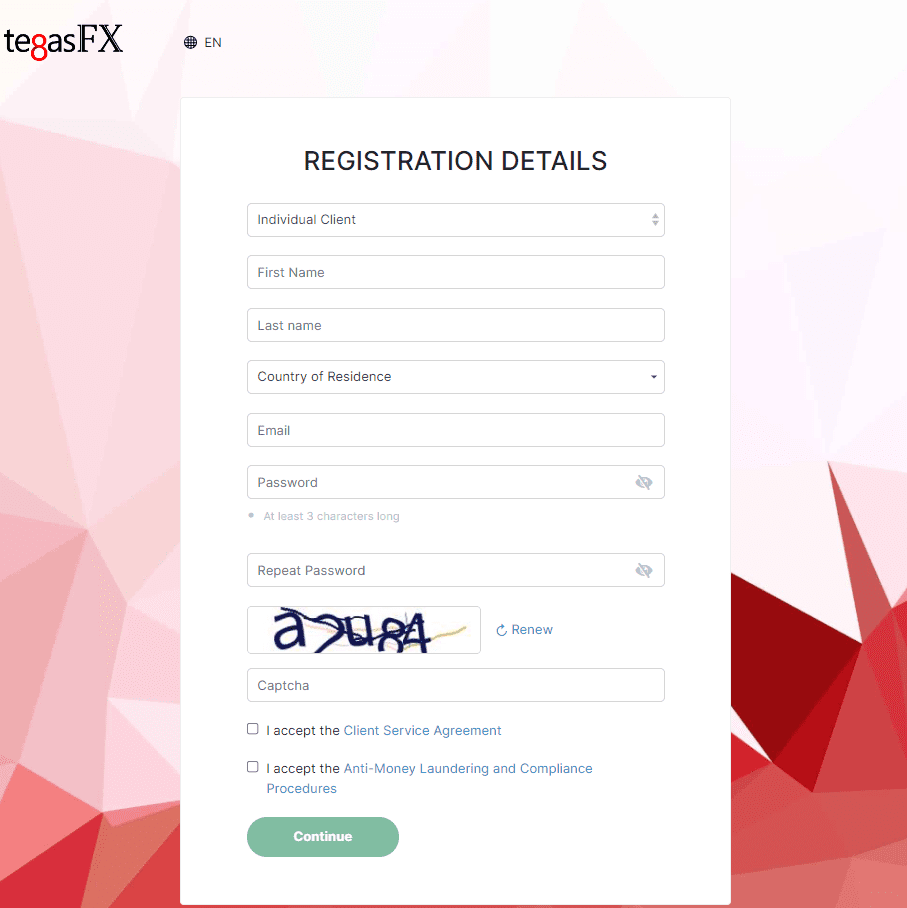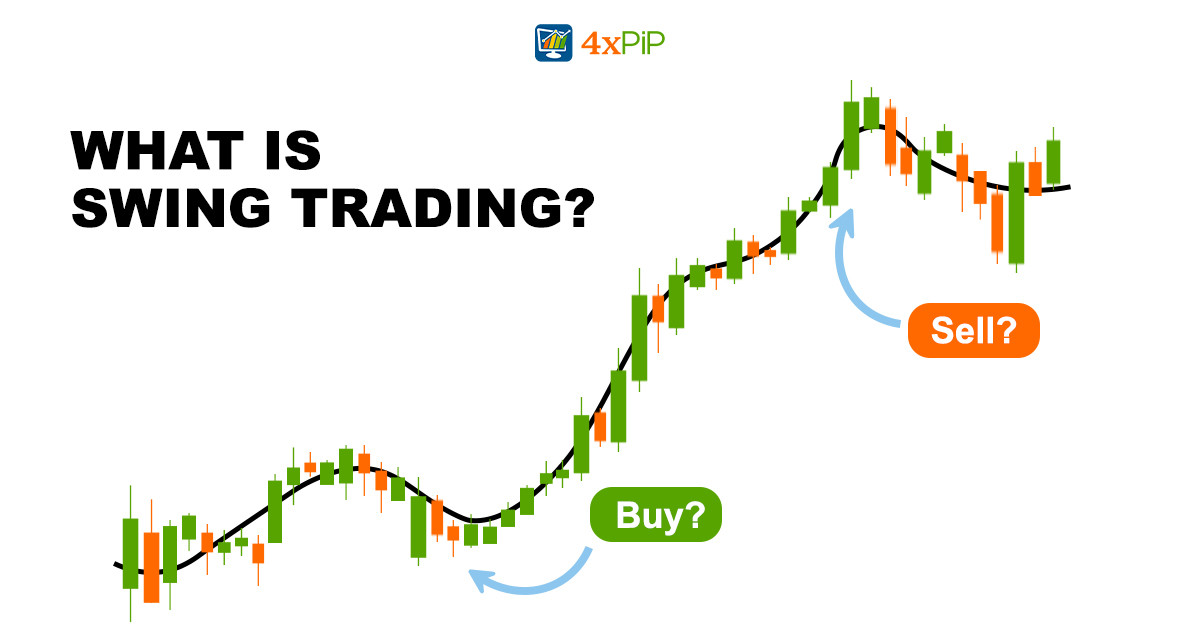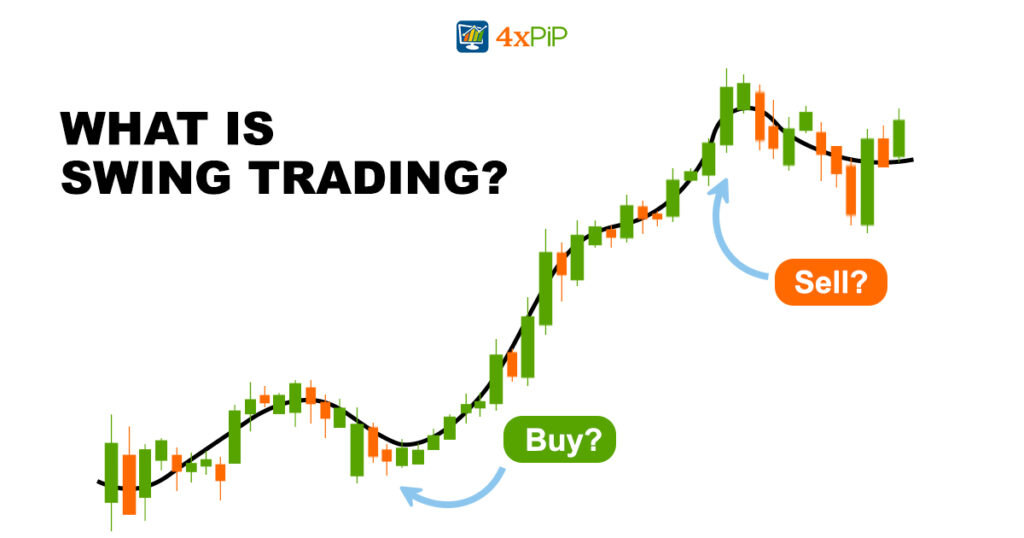In this article, 4xPip has discussed swing trading and how to open a swing trading account along with all the requirements in detail. 4xPip has also delivered knowledge about types of accounts for swing trading. For more articles, you can visit our website using this link.
Swing trading is a short-term trading strategy that involves holding positions for a few days to weeks. Traders use technical analysis to identify trading opportunities and set stop-losses to manage risk in swing trading.
Swing traders typically identify trading opportunities by looking for stocks that are trending. They then use technical analysis to identify support and resistance levels, which are areas where the price of the stock is likely to stop or reverse. Swing traders will then buy the stock when it breaks below a support level and sell it when it breaks above a resistance level.
Swing trading can be a profitable trading strategy if done correctly. The main benefit of swing trading is that it allows investors to take advantage of short-term trends in the market. This can lead to higher profits than other trading strategies, such as day trading.
The main risk of swing trading is that it can be a volatile trading strategy. The market can move against you quickly, and you could lose money if you’re not careful. It is important to use stop-losses to manage your risk when swing trading.
What is Swing High and Swing Low?
In the realm of trading and technical analysis, a swing high represents the highest point in an asset’s price, flanked by lower highs on both sides. This signals a possible reversal of the current trend, hinting at a forthcoming decline in the asset’s price. Conversely, a swing low denotes the lowest point in an asset’s price, surrounded by higher lows on both sides. This suggests a potential shift in the trend, indicating an impending rise in the asset’s price. Swing highs and swing lows serve as crucial tools for traders, enabling them to assess market trends and make well-informed decisions. These indicators aid in identifying potential support and resistance levels, facilitating the determination of optimal entry and exit points for trades.
How to measure Swing High and Swing Low?
To determine swing highs and swing lows, traders analyze the crests and troughs in an asset’s price movements within a designated time frame. Identifying swing highs involves locating the price chart’s highest points, characterized by lower highs on both preceding and succeeding sides. In contrast, spotting swing lows entails pinpointing the price chart’s lowest points, distinguished by higher lows on both adjacent sides. Traders commonly employ visual scrutiny and various technical tools like trend lines and moving averages to precisely pinpoint these crucial swing levels. Recognizing these key levels aids traders in evaluating potential shifts in trends, facilitating well-informed decisions regarding the timing of trade entries and exits.
How to trade with Swing High and Swing Low?
Trading with swing highs and swing lows involves using these key points as markers for potential trend reversals. Traders typically look to enter the market at or near swing lows in uptrends and swing highs in downtrends, aiming to capitalize on potential price movements. Setting stop-loss orders beyond these levels helps manage risk, while additional technical indicators can provide further confirmation for trading decisions. This approach enables traders to take advantage of the market’s natural price oscillations and make informed trading choices based on these crucial pivot points.
How to Open a Swing Trading Account:
There are two main types of accounts used for swing trading in stocks: cash accounts and margin accounts.
Cash Accounts:
Cash accounts do not offer leverage, and only allow you to take long positions in stocks. This means that you can only buy stocks and not sell them short. If a cash account also has an options agreement, you can buy, and then sell options contracts. But you can’t sell options contracts unless they are covered by cash (when selling a put option) or an underlying position in the stock (when selling a covered call).
Margin Accounts:
These accounts allow you to make all of the transactions permitted in cash accounts but also allow you to take short positions in stocks by using margin to borrow the stock that has been sold short. Margin account holders can also take uncovered short options positions. A margin account is also required to trade futures, although this type of margin entails posting a certain percentage of the trade value to cover any potential losses suffered on positions. In either case, if the positions lose more money than the margin account covers, the positions can be liquidated through a margin call.
How to Choose a Swing Trading Account?
When choosing a swing trading account, there are a few factors to consider:
- Fees: Swing traders typically make multiple trades per week, so it’s important to choose a broker with low commissions.
- Trading platforms: The trading platform should be user-friendly and offer the technical analysis tools that you need.
- Margin: Swing traders may need to use margins to finance their trades, so it’s important to choose a broker with competitive margin rates.
- Customer service: A good broker will offer 24/7 customer support in case you need help with your account.
Here are some of the best practices to follow when choosing and opening a swing trading account:
- Do your research: Before you open an account, be sure to research different brokers and compare their features and fees.
- Start small: Don’t overextend yourself when you’re first starting out. Start with a small amount of money and gradually increase your investment as you gain experience.
- Use stop-losses: Always use stop-losses to protect your profits and limit your losses.
- Be patient: Swing trading is a long-term strategy. Don’t expect to get rich quickly.
- Steps on How to Open a Swing Trading Account
To open a swing trading account, you will need to follow these steps:
- Choose a broker: There are many different brokers that offer swing trading accounts. Do your research to find one that has the features and fees that you’re looking for.
- Open an account: Once you’ve chosen a broker, you can open an account. This process usually involves providing some personal information and making a deposit.
- Fund your account: You’ll need to fund your account before you can start trading. You can do this by transferring money from your bank account or by using a credit card.
- Choose a trading platform: The trading platform is the software that you’ll use to place trades. There are many different trading platforms available, so choose one that’s easy to use and has the features that you need.
- Start trading: Once you’ve chosen a trading platform, you can start trading. Use technical analysis to identify trading opportunities and set stop-losses to manage risk.
Swing trading can be a profitable trading strategy if done correctly. However, it’s important to do your research and understand the risks involved before you start trading. By following the steps outlined above, you can open a swing trading account and start trading today.
What Information is Needed to Open A Swing Trading Account?

To open a swing trading account, you will need to provide the broker with some personal information and financial information.
Personal information:
- Your name
- Your Social Security number or taxpayer identification number
- Your address
- Your phone number
- Your email address
- Your date of birth
- A government-issued ID, such as a driver’s license
Financial information:
- Your annual income
- Your net worth
The broker will use this information to verify your identity and to determine whether swing trading is appropriate for you. Swing trading is a risky investment strategy, and the broker wants to make sure that you understand the risks involved before you start trading.
The broker may also ask you some questions about your investment experience and your trading goals. This information will help the broker to recommend the right type of swing trading account for you.
Once you have provided the broker with the necessary information, they will review your application and approve or deny it within a few days. If your application is approved, you will be able to start trading.
Summary:
Swing trading is a short-term trading strategy that involves holding positions for a few days to a few weeks. Investors use technical analysis to identify trading opportunities and set stop-losses to manage risk.
Here are some tips for swing trading:
- Do your research and choose a broker with good fees, trading platforms, margin rates, and customer service.
- Start small and don’t invest more money than you can afford to lose.
- Use stop-losses to protect your profits and limit your losses.
- Be patient and disciplined.
Swing trading can be a profitable trading strategy, but it is important to understand the risks involved before you start trading.
In case of any query or guidance, you can contact us at [email protected]. Our experts will help you out with relevant queries.












